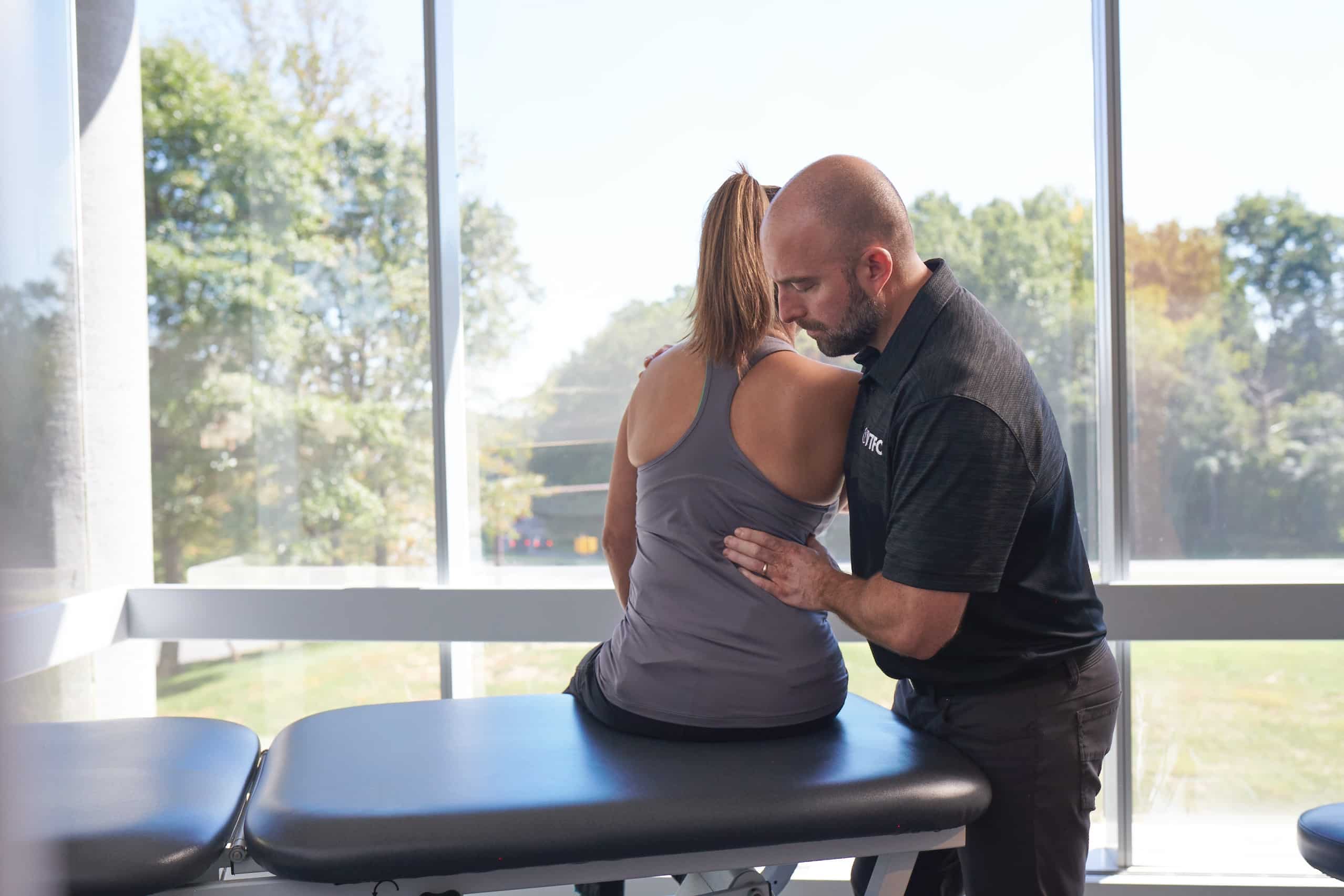Spine Surgery Recovery
Modernizing the approach to spine surgery recovery
Our care for our patients doesn’t end in the operating room. This philosophy is unique because we understand the emotional and physical demands surgery may impose. We play an active role in our patients’ recovery by setting expectations and goals so they feel supported through this critical stage of their treatment. Luckily for patients at VSI, their spine care team includes not only their surgeon and physician assistants, but we also have a team of in-house, spine-specialized physical therapists who are experts in spine surgery rehab. This model has been a game-changer for our patients’ recovery.

Customized Physical Therapy After Spine Surgery
Our surgeries are highly customized to each patient, and your post-surgical rehab should be too. We have found that many physical therapy programs are generalized and don’t take into account the intricacies of an effective spine surgery recovery. Because of this, we have established in-house, spine-specialized physical therapy for our patients. Our comprehensive model includes the Nation’s top physical therapists working hand-in-hand with our spine surgeons. Together, they create an individualized plan that maximizes the desired outcome of surgery. Starting with aquatic therapy in our HydroWorx freestanding aquatic treadmill, this near-weightless environment reduces the stress on joints, increases range of motion, and provides healing benefits from controlled therapeutic water temperatures. From here, patients transition to land-based therapies, including manual therapy, laser therapy, blood flow restriction, dry needling, and massage therapy.
Enhancing Recovery After Spine Surgery
To maximize the effectiveness of our minimally invasive surgery techniques, we have modernized the post-surgical recovery process. This helps patients get back to their lives faster. The team at VSI has been a leader in introducing Enhanced Recovery After Surgery (ERAS®) to the United States and implementing it for our surgical patients. Through these elevated protocols, we have found that beginning the recovery process even before the patient enters the operating room has proven to reduce post-procedure pain medications, shorten hospital stays, and get patients up and moving sooner than traditional recovery.
Living Life Again
At VSI, we celebrate every patient’s unique journey as a series of victories, regardless of how big or small. Our logo and brand were crafted for you, our incredible patients. Your progress towards your goals deserves the spotlight, reflecting our commitment to individualized treatment and care. Your Victories are what make VSI who we are! #MyVictoryStory









